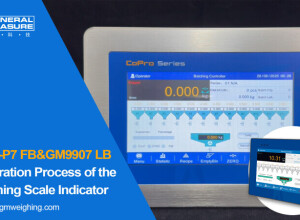From OEE to OGE: Tracking the Energy Side of Efficiency
Every manufacturer tracks OEE (Overall Equipment Effectiveness). Yet few measure how efficiently equipment uses energy. OGE (Overall Green Effectiveness) adds the missing dimension: productivity per kWh or per ton of CO₂.
Defining OGE
OGE = (Good Output × Energy Baseline) / Actual Energy Consumed
It’s a simple KPI that shows how much useful product you get per unit of energy. A drop in OGE highlights energy waste even when OEE stays constant.
How to Integrate OGE into Automation Systems
- Use PLC energy counters or smart meters as data sources.
- Collect data through OPC UA or MQTT to your MES.
- Correlate with production tags: cycle time, rejects, stops.
- Visualize on the same dashboards as OEE for operator visibility.
Benefits of OGE
- Identifies hidden losses (idle power draw, standby waste).
- Improves sustainability reporting with quantifiable data.
- Links energy KPIs to production decisions — not facilities alone.
Case Example: Beverage Manufacturer
By integrating OGE into its MES, a bottling plant identified 8% energy waste during cleaning cycles. Adjusting start/stop sequencing saved €150,000 annually.
Related Articles
- Cutting Energy Use with Automation: The 90-Day Plan
- Decarbonizing Heat Processes with Controls and Data
- Sustainability Dashboards That Engineers Actually Use
Conclusion
Adding OGE to your KPI set aligns energy performance with production performance. It makes sustainability a measurable, operational goal — not just a CSR statement.









































Interested? Submit your enquiry using the form below:
Only available for registered users. Sign In to your account or register here.